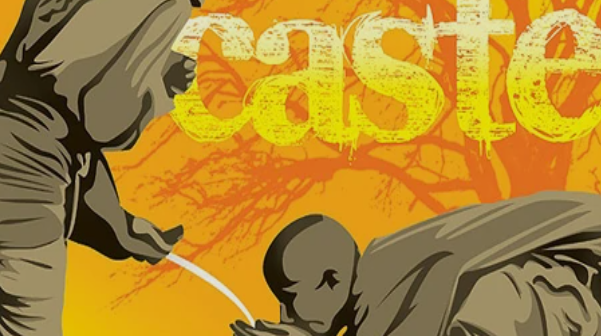Caste Movement in India (GS Paper 1, National Movement)

Why in News?
- Recent calls for a new caste census in India have intensified following a Supreme Court judgement on sub-categorisation within reserved castes.
- This is a critical issue as the last national caste census was conducted in 1931 during British rule.
Historical Context:
End of the 19th Century:
- By the late 19th century, caste had become deeply embedded in Indian society, often defined by Brahminical notions of purity and pollution.
- Lower castes frequently resisted these notions, but the system largely restricted social mobility and inter-caste interactions.
Colonial Legislation:
- Criminal Tribes Act, 1871: This law allowed the colonial government to label entire communities as "criminal tribes," reinforcing negative stereotypes and institutionalizing them. It was in effect until 1949 and was replaced by the Habitual Offenders Act, 1952.
- Divide and Rule Policy: Following the 1857 Revolt, which was led predominantly by upper-caste Hindus and Muslims, the British began using caste as a tool for administrative and military purposes, thus deepening divisions to prevent unified nationalist movements.
Key Figures in Caste Movements:
Jyotiba Phule (1827–1890):
- Satyashodhak Samaj: Founded by Phule, this organization aimed to eradicate caste distinctions and promote education among lower castes.
- Gulamgiri (1873): A seminal work criticizing the exploitation of untouchables, Phule's writings introduced the term ‘Dalit’ and challenged the caste system by denouncing texts like Manusmriti.
B.R. Ambedkar (1891–1956):
- Mahad Satyagraha (1927): Ambedkar led this protest to demand the right of untouchables to access public water sources.
- Manusmriti Burning (1927): Ambedkar publicly burned Manusmriti, a text he saw as perpetuating caste discrimination.
- Political Movements: He established the All India Depressed Classes Association (1930), the Independent Labour Party (1936), and the All India Scheduled Castes Federation (1942), advocating for separate electorates and constitutional safeguards.
M.C. Rajah (1883–1943):
- All India Depressed Classes Association (1926): Rajah presided over this conference, which was a significant step in organizing Dalit movements across India.
Periyar E. V. Ramasamy (1879–1973):
- Self-Respect Movement: Founded by Periyar, this movement aimed to challenge Brahminical dominance and promote social equality, laying the groundwork for his leadership in the Justice Party.
Mahatma Gandhi (1869–1948):
- Poona Pact (1932): Gandhi's fast unto death against separate electorates for the Depressed Classes led to an agreement with Ambedkar that granted reserved seats in joint electorates.
- Harijan Sevak Sangh (1932): Gandhi founded this organization to promote the upliftment of untouchables, but his focus on moral and gradual reform often clashed with Ambedkar’s more radical approach.
Reversal in British Policy:
- Depoliticization of Caste: With the looming Partition, the British gradually shifted focus from caste issues to building India’s constitutional framework. The colonial administration sought to neutralize caste conflicts to ensure a smoother transfer of power.
Differences Between Gandhi and Ambedkar:
|
Aspect
|
Mahatma Gandhi
|
B.R. Ambedkar
|
|
Views on Freedom
|
Freedom through non-violent resistance
|
Freedom through legal and political means
|
|
Democracy
|
Skeptical of mass democracy; preferred local self-rule
|
Advocated for parliamentary democracy for advancing oppressed communities
|
|
Political Ideology
|
Non-violent and moralistic approach
|
Emphasized legal and institutional reforms
|
|
Village System
|
Supported ‘Gramraj’ as true independence
|
Criticized ‘Gramraj’ for perpetuating caste inequalities
|
|
Approach to Reform
|
Moral persuasion and non-violent methods
|
Legal and constitutional reforms
|
|
View on Untouchability
|
Addressed as a moral issue, promoted ‘Harijan’
|
Criticized Gandhi’s approach; sought legal solutions
|
|
Religion and Caste
|
Viewed caste as a degeneration of varna
|
Denounced Hindu scriptures for reinforcing caste
|
|
Legal vs. Moral Approach
|
Moral and ethical solutions
|
Preferred legal and constitutional methods
|
Conclusion:
- The caste movement in India is a complex interplay of social, political, and legal challenges.
- Key figures like Jyotiba Phule, B.R. Ambedkar, and others played pivotal roles in advocating for the rights of lower castes and challenging the deeply entrenched caste system.
- While Gandhi’s approach emphasized moral reform, Ambedkar’s methods were grounded in legal and institutional frameworks, reflecting the broader struggle for social justice and equality in India.


